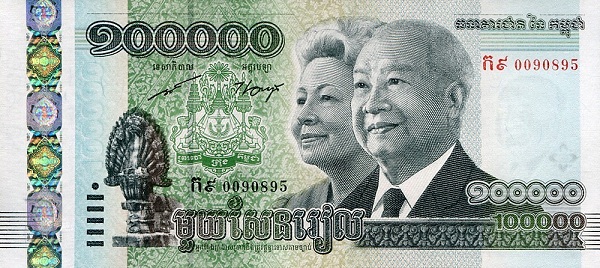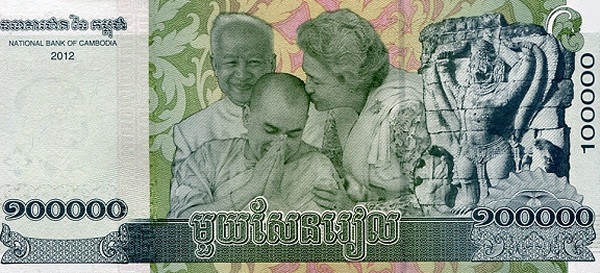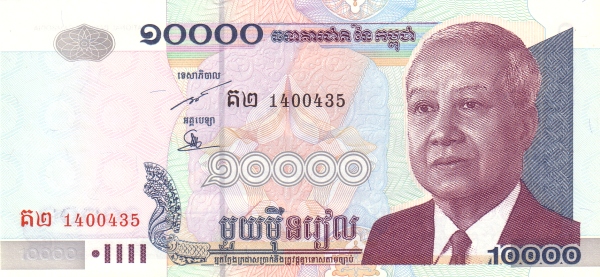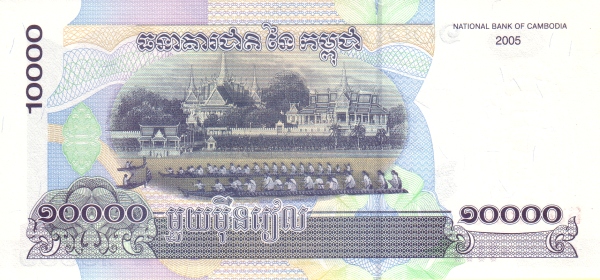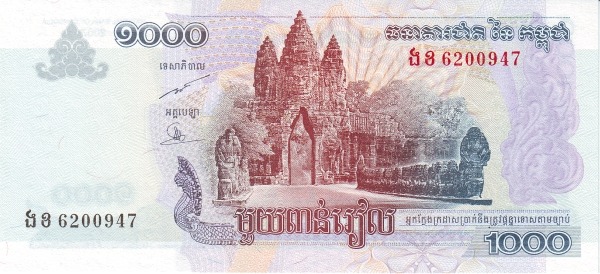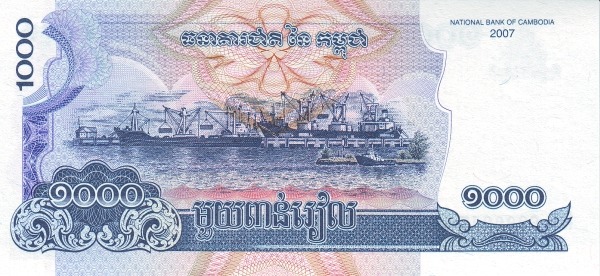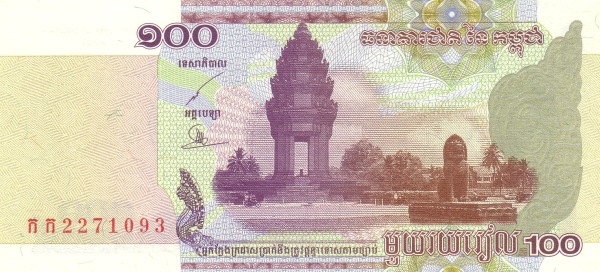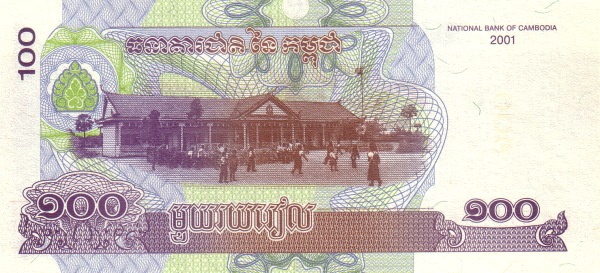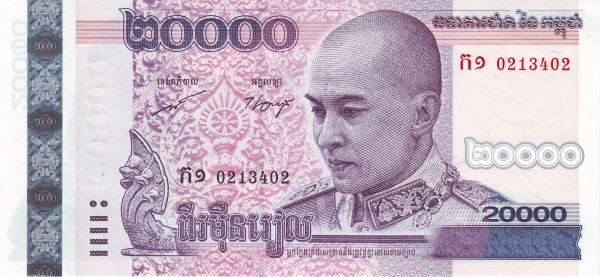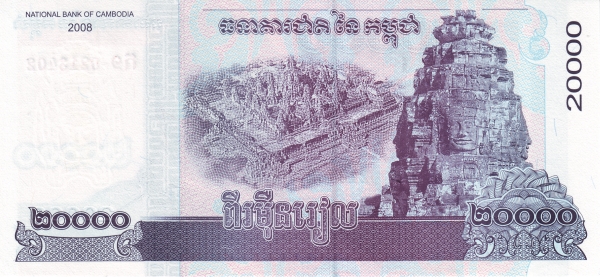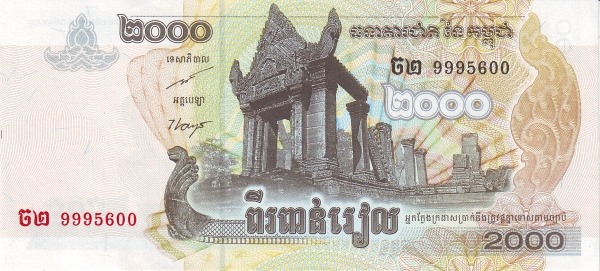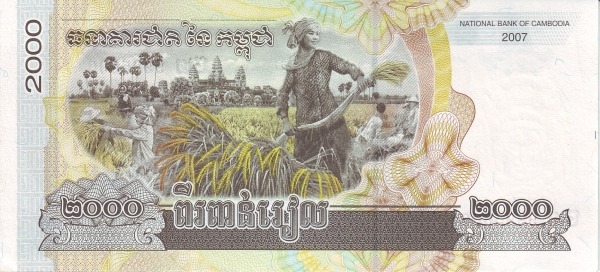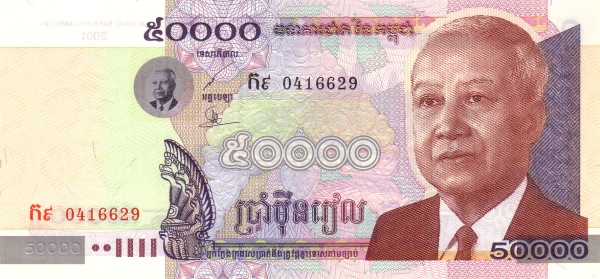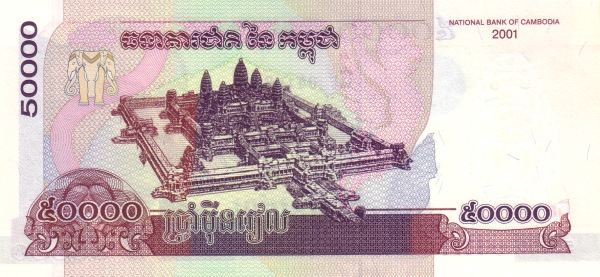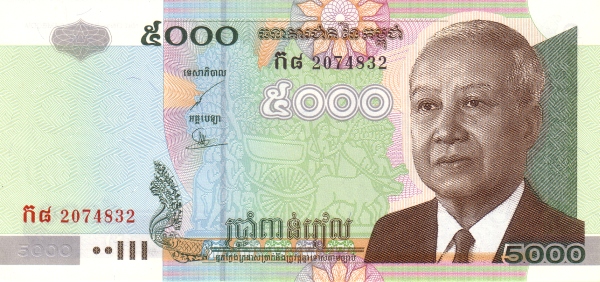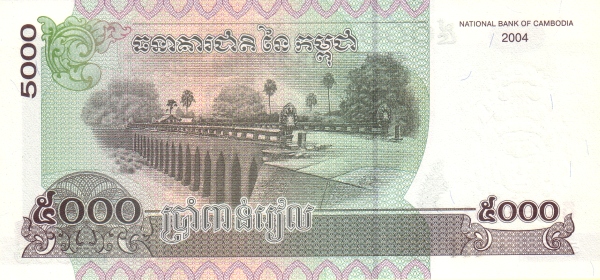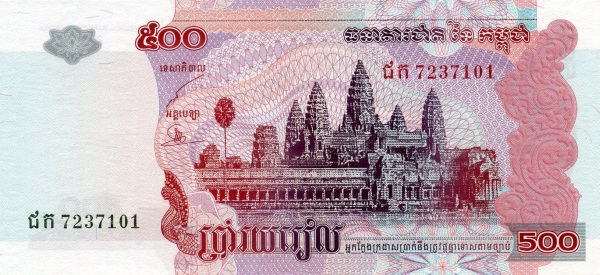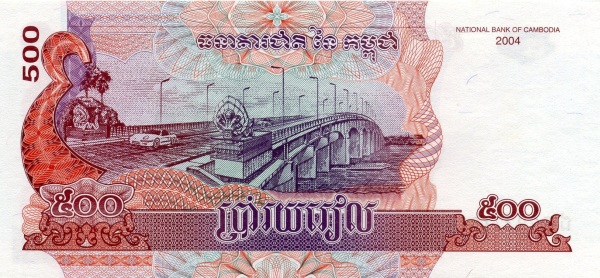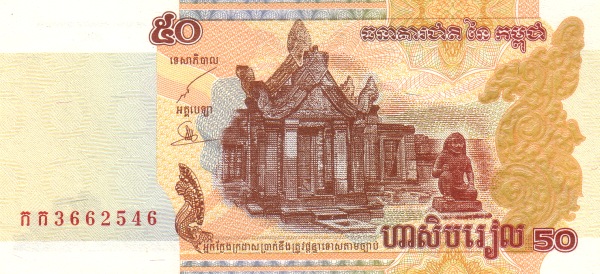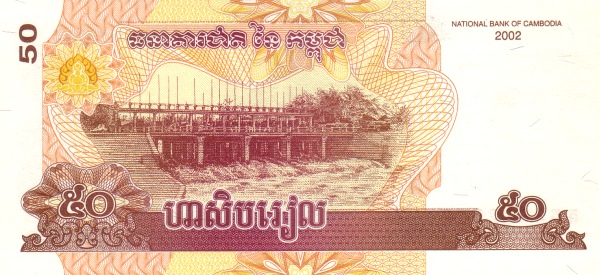Cambodia: A Vibrant Tapestry of Culture and History
Cambodia, known locally as Kampuchea, lies in the southeastern region of the Indochina Peninsula in Southeast Asia. This remarkable country enjoys borders with Vietnam to the east and south, Laos to the northeast, and Thailand to the west and northwest. Additionally, it has a coastline along the Gulf of Thailand to the southwest. Despite its compact size, covering approximately 181,000 km², Cambodia captivates visitors with its rich history and stunning landscapes.
Population: A Growing Cambodian Society
As of 2013, Cambodia's population stands at around 14.6 million people. The capital, Phnom Penh, serves as the heart of the nation, bustling with life and energy. The primary language spoken is Khmer, utilized by about 90% of the population, while Vietnamese accounts for about 5%. The blend of cultural influences creates a unique atmosphere that embodies both tradition and modernity.
A Glimpse into Cambodia's Turbulent Past
Cambodia's history is as complex as it is fascinating. In 1975, the Khmer Rouge seized control of Phnom Penh, leading to a heart-wrenching period marked by mass evacuations from cities and towns. Tragically, over one million individuals perished due to executions and the genocide inflicted by the regime. However, in 1978, Vietnam's invasion pushed the Khmer Rouge into the rural areas, igniting a protracted 13-year conflict. After enduring decades of turmoil, UN-sponsored elections in 1993 marked a turning point, ushering in a period of relative normalcy.
The Political Landscape of Cambodia
Today, Cambodia operates as a constitutional monarchy. The Royal Cambodian Government (RCG) took shape following internationally recognized elections on September 24, 1993. His Majesty Samdech Preah Baromneath Norodom Sihamoni serves as the head of state, guiding the nation towards stability and progress.
Geographical Features: Unveiling Cambodia's Natural Beauty
Cambodia's geographical location adds to its allure. Nestled in southeastern Asia, it shares borders with Thailand, Vietnam, and Laos, while also enjoying access to the Gulf of Thailand. Spanning an area of 181,035 km² (approximately 69,900 square miles), the country boasts a central plain that is nourished by the Tonle Sap (Great Lake) and the Mekong and Bassac Rivers. The landscape incorporates heavy forests away from the waterways, alongside mountainous terrains in the southwest, including the impressive Cardamom Mountains, and the northern Dangrek Mountains.
The Climate in Cambodia: A Tropical Experience
Cambodia features a tropical monsoon climate, which presents two distinct seasons. The rainy season extends from June to October, while the dry season lasts from November to May. During these periods, the country experiences a plethora of natural beauty, further enhancing its appeal to travelers.
Diversity in the Cambodian Community
In terms of its demographics, the Cambodian population is primarily made up of Khmer individuals, comprising about 90%. Other ethnic groups include Chinese and Vietnamese, each accounting for around 5%, along with a small number of hill tribes such as the Chams and Khmer Loeu. This rich ethnic diversity contributes to the vibrant culture that defines Cambodia.
Religion and Spiritual Life
Religious practices in Cambodia predominantly revolve around Theravada Buddhism, embraced by approximately 95% of the population. Nonetheless, the country remains home to various faiths, including Islam, Christianity, animism, and a portion of the population identifying as atheists. This tapestry of beliefs adds depth and cultural richness to the Cambodian experience.
Language and Literacy: Bridging Cultures
Khmer serves as the official language, spoken by the vast majority of Cambodians. However, some French remains in use, a remnant of the colonial past, while English is increasingly popular as a second language, especially among the youth. Unfortunately, the literacy rate in Cambodia hovers around 35%, highlighting the ongoing challenges in education.
Natural Resources: Cambodia's Abundant Gifts
The natural resources found in Cambodia reflect its biodiversity. The nation possesses valuable resources, including oil, gas, timber, gemstones, and some minerals such as iron ore and manganese. Additionally, Cambodia's potential for hydropower serves as a significant aspect of its environmental wealth.
Agricultural Outlook: The Backbone of the Economy
Agriculture forms a vital part of Cambodian society. The country primarily cultivates rice, which is a staple food, alongside rubber, corn, coffee, vegetables, cashews, and tapioca. These products not only support local consumption but also contribute significantly to the economy.
Industry and Trade: The Economic Landscape of Cambodia
The Cambodian economy has diversified over the years, with key industries including tourism, textiles, and food processing. The garment sector plays a crucial role, employing a substantial portion of the population. Other industries such as fishing, rubber production, and gem mining contribute to a balanced economic framework.
Exports and Imports: Connecting with the Global Market
Cambodia's exports primarily consist of clothing, timber, rubber, rice, fish, tobacco, and footwear, with significant trade partners including the USA (23.1%), UK (8.8%), Germany (8.2%), and Japan (7.4%). Conversely, the nation imports petroleum products, fabrics, vehicles, and medicines, with major suppliers being Thailand, China, and Vietnam.
To summarize, Cambodia emerges as a nation of contrasts, deeply rooted in its past yet striving toward a promising future. Visitors will find a rich heritage, a resilient people, and a landscape that invites exploration and appreciation. Whether delving into the historical depths of the Khmer Empire or marveling at the stunning natural beauty, Cambodia undoubtedly offers an unforgettable journey.
Largest cities of: Cambodia
| City Name | Population | Year of foundation | |
| Phnom Penh | 2,000,000 | 1434 | |
| Siem Reap | 200,000 | 802 | |
| Battambang | 150,000 | 1790 | |
| Sihanoukville | 120,000 | 1964 | |
| Pursat | 100,000 | 1875 | |
| Kampong Cham | 90,000 | 1886 | |
| Takeo | 80,000 | 802 | |
| Kampong Speu | 60,000 | 0000 |
Cambodia: Money
